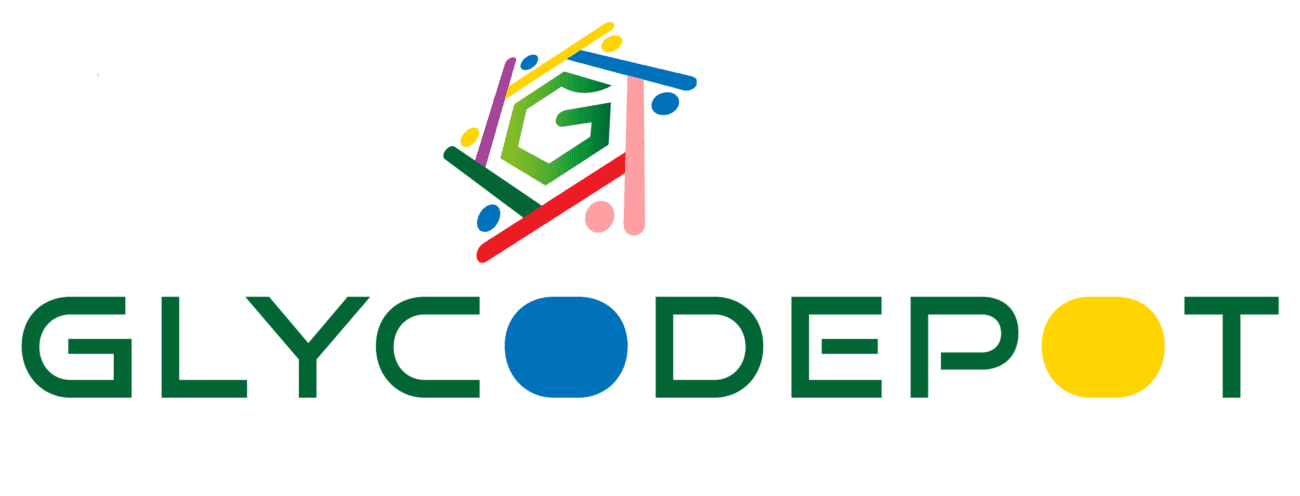UDP-6-N3-GlcNAc (Uridine Diphosphate 6-Azido-N-Acetylglucosamine) is a modified nucleotide sugar that plays a role in biochemical research, particularly in studying glycosylation and metabolic labeling. It consists of UDP linked to 6-azido-N-acetylglucosamine (GlcNAc), where the 6th position of the sugar contains an azide group (-N3) instead of a hydroxyl group.
Structure & Properties:
- Molecular Weight (MW): Approximately 631 g/mol
- Chemical Formula: C17H26N6O16P2
- Synonyms: UDP-6-azido-N-acetylglucosamine
- Functional Groups: The key feature of UDP-6-N3-GlcNAc is the azide group (-N3) at the 6th position of the GlcNAc sugar, which is commonly used for bioorthogonal chemical reactions.
Biological Role:
- Metabolic Labeling: UDP-6-N3-GlcNAc is not naturally occurring but is synthesized for use in metabolic labeling experiments. It is incorporated into glycans during glycosylation, allowing researchers to track and study glycan structures through click chemistry techniques.
- Function: This modified sugar acts as a substrate for glycosyltransferases in cells, leading to its incorporation into glycoproteins and glycolipids. The azide group provides a reactive site for further chemical modifications.
Applications:
- Bioorthogonal Chemistry: The azide group allows for click chemistry reactions, such as azide-alkyne cycloadditions, which can be used to label or modify biomolecules in living cells.
- Glycan Profiling: UDP-6-N3-GlcNAc is used in studies to visualize and profile glycan structures, enabling detailed analysis of glycosylation pathways and glycoprotein function.
Significance in Research:
- Glycobiology Research: This molecule is used to investigate glycan biosynthesis and dynamics in living cells. It helps researchers study how changes in glycosylation affect cellular processes such as signaling, adhesion, and immune responses.
- Click Chemistry Labeling: The azide group in UDP-6-N3-GlcNAc allows for efficient and specific chemical labeling of glycan structures, providing a powerful tool for probing glycosylation in various biological contexts.
Key Roles:
- Glycoprotein Labeling: UDP-6-N3-GlcNAc is used in research to label glycoproteins, which can then be detected using fluorescent tags or other bioorthogonal reagents.
- Drug Targeting and Delivery: The azide modification allows for targeted delivery of therapeutic agents to specific glycans in a highly selective manner.
Storage and Stability:
- Storage: UDP-6-N3-GlcNAc should be stored at -20°C in a dry environment to maintain stability.
- Stability: The molecule is stable under proper storage conditions but may degrade with exposure to heat, moisture, or light.
Research Applications:
- Glycosylation Studies: UDP-6-N3-GlcNAc is used to investigate the mechanisms of glycosylation and its impact on cell biology.
- Cell Surface Engineering: It can be employed to modify cell surface glycans for therapeutic or diagnostic purposes in synthetic biology and medicine.
Potential Impact:
- Therapeutic Applications: Understanding glycosylation pathways using UDP-6-N3-GlcNAc could inform the development of new therapies for diseases such as cancer, where abnormal glycosylation is a hallmark.
- Synthetic Biology: UDP-6-N3-GlcNAc is a valuable tool in synthetic biology, where it is used to create engineered cells with custom-designed glycan structures.
Key Research Areas:
- Cancer Glycobiology: The ability to label and track glycans with UDP-6-N3-GlcNAc helps researchers study the role of glycosylation in cancer progression and metastasis.
- Immunology: Altered glycosylation patterns in immune cells can be studied using this tool, providing insights into immune regulation and potential targets for immunotherapy.
Conclusion:
UDP-6-N3-GlcNAc is a modified nucleotide sugar with significant applications in glycosylation research and bioorthogonal chemistry. Its unique azide group enables precise labeling and modification of glycans, making it an essential tool for studying the role of glycosylation in health and disease.

Reviews
There are no reviews yet.